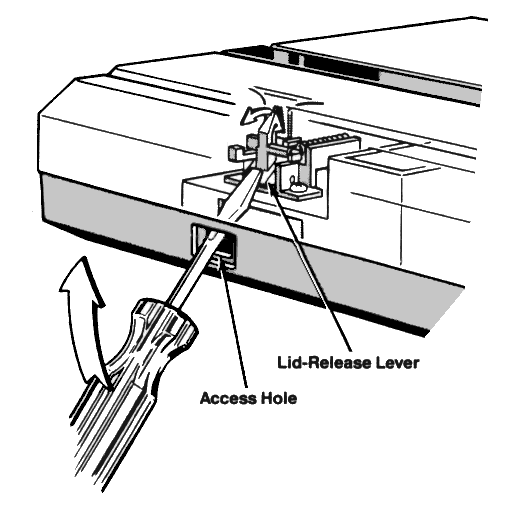
|
|
||
 |
||
|
|
||
|
|
||
|
|
![]()
![]() If you've just picked up a Firefox board set from some
operator's house, you MUST verify that your
board is jumpered appropriately for your machine's power supply.
Failure to do so may risk your board set, power supply, or both.
If you've just picked up a Firefox board set from some
operator's house, you MUST verify that your
board is jumpered appropriately for your machine's power supply.
Failure to do so may risk your board set, power supply, or both.
Firefox comes on three boards in a card cage. Depending on the type of power supply used by the cabinet from which your board set came, it will be configured as follows:


Its most common failure mode was due to the magnets that control the radial and tangential servo mirrors. These are mirrors that control the tracking of the beam across the surface of the disc. On the back of each mirror is glued a pair magnets; the mirrors are then mounted on pivots inside a housing surrounded by a coil. A feedback mechanism passes a current through the coil, inducing a magnetic field, which attracts or repels the magnets, allowing the mirror to pivot and accurately follow the track on the disc.
Over time, the glue used on the magnets tended to lose its adhesive properties. Eventually, the magnets on the backs of the mirrors would either slide towards the edges of the mirror, either jamming against the sides of the housing or detaching from the mirror altogether and sticking directly to the housing. Either way, the result was a toasted player.
This condition is fixable, and I now have got beta-quality documentation for the fix in the next little while.
For those of you who've never seen one of these beasts, imagine a conventional LD player, but without any buttons on it. Not even an EJECT button. But there's this curious little hole down on the bottom half of the player, which begs further inspection. What you do is to insert a flat-headed screwdriver into the hole at about a 45-degree angle and twiddle around until (magically) the lid pops open.
The following diagram should help (click for full-size version):

You won't have any control over the player. Sadly, due to the timing-critical nature of the control protocol, building an interface to the Philips is a non-trivial task. One of these days I'll get around to it, but until then, my Philips will remain interfaceless and act as a simple straight-through LD player.
HOME
| LASER GAMES |
LASER COMMUNITY
| TECH CENTER
Questions? Comments? Problems? CONTACT US
dragons-lair-project.com was created by Jeff Kinder & Dave Hallock, 1997 - 2024.
All trademarks and copyrighted materials are property of their respective owners.